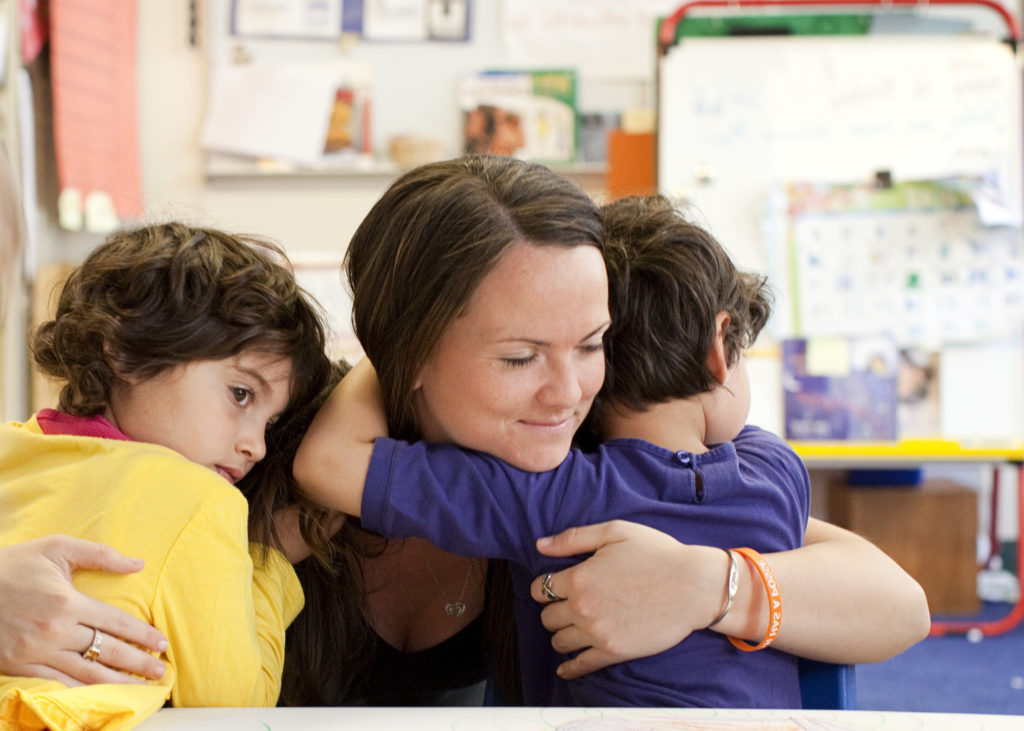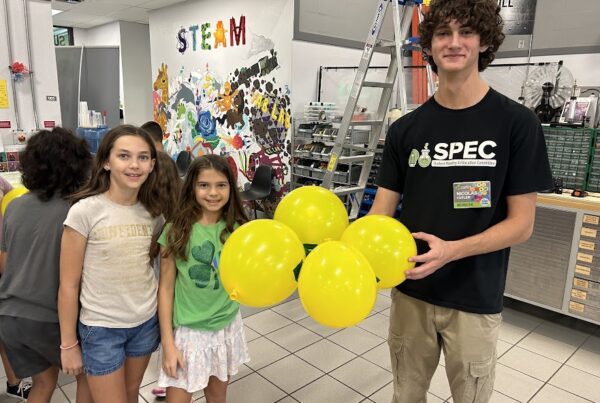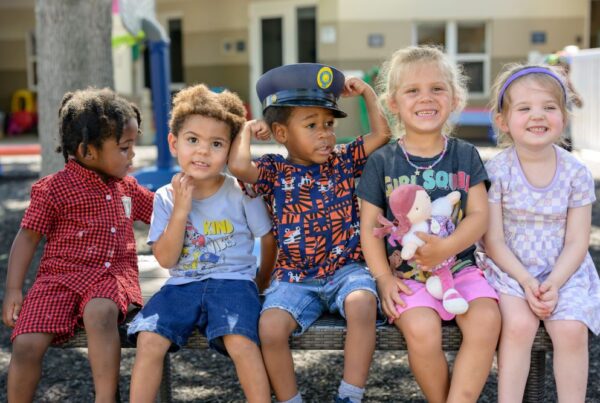During the beginning of the pandemic, local agencies saw a significant decline in child abuse reports, but the trend was deceiving. Experts knew that while reports were low, cases were increasingly happening behind closed doors. The reality was that children were isolated from individuals who are generally the first line of defense for reporting abuse, like teachers, sports coaches, and personnel of afterschool programs.
Over the last year as students have returned to classrooms and extracurricular activities, Child Protection Center has increased its efforts in training children and educators on the signs and symptoms of child abuse. The Personal Safety and Community Awareness (PSCA) program is designed to create a safety net surrounding children, where caregivers, educators, faith leaders, and other organization employees receive free training on identifying and reporting signs of abuse.
“Although the PSCA program was greatly impacted with the shutdown of schools, we transitioned very quickly to a digital format,” says Doug Staley, Executive Director of Child Protection Center. “After returning to in-person sessions, we ramped up our efforts to properly equip first responders with the tools needed to identify what’s happening to children at home.”
With only 2.5 months of in-person workshops conducted in 2020, PSCA was able to reach 55,315 people in Sarasota County and beyond with a complete digital adaptation of the program.
The efforts have been fueled by support from Charles & Margery Barancik Foundation, which granted the organization $300,000 to bolster its efforts in responding to child abuse. The PSCA program also includes developmentally appropriate personal safety workshops for children that cover topics including sexual abuse prevention, anti-bullying, internet safety, abduction prevention, and self-esteem and empathy training.
“There isn’t a single soul who wasn’t affected by the pandemic, but our children are the ones who have been most vulnerable,” says Teri A Hansen, President|CEO of Barancik Foundation. “It’s going to take collective effort for us to weave our social safety nets tighter to protect and treat those who experienced the unimaginable.”
CPC reports that child sexual abuse was up over 23% during the pandemic compared to pre-pandemic numbers—over 3,800 child abuse reports were referred to the agency last year. Increased stressors at home, spending more time than ever online and isolating at home, have all increased the potential for child abuse to occur. A rise in referrals for treatment has also caused the organization to initiate waiting lists.
“I have never seen the issue rise like this in my entire career,” says Staley. “If we want to keep pace, we are dependent on and grateful for community support like Barancik Foundation’s and that of our donors.”




